Here I'll use the notation
It is possible to find the continued fraction of a number by computing it then applying the definition, but that requires at least O(n) bits of memory to find a0, a1 ... an, in practice it is a much worse. Using double floating point precision it is only possible to find a0, a1 ... a19.
An alternative is to use the fact that if a,b,c are rational numbers then there exist unique rationals p,q,r such that 1/(a+b*21/3+c*22/3) = x+y*21/3+z*22/3, namely
So if I represent x,y, and z to absolute precision using the boost rational lib I can obtain floor(x + y*21/3+z*22/3) accurately only using double precision for 21/3 and 22/3 because I only need it to be within 1/2 of the true value. Unfortunately the numerators and denominators of x,y, and z grow considerably fast, and if you use regular floats instead the errors pile up quickly.
This way I was able to compute a0, a1 ... a10000 in under an hour, but somehow mathematica can do that in 2 seconds. Here's my code for reference
#include <iostream>
#include <boost/multiprecision/cpp_int.hpp>
namespace mp = boost::multiprecision;
int main()
{
const double t_1 = 1.259921049894873164767210607278228350570251;
const double t_2 = 1.587401051968199474751705639272308260391493;
mp::cpp_rational p = 0;
mp::cpp_rational q = 1;
mp::cpp_rational r = 0;
for(unsigned int i = 1; i != 10001; ++i) {
double p_f = static_cast<double>(p);
double q_f = static_cast<double>(q);
double r_f = static_cast<double>(r);
uint64_t floor = p_f + t_1 * q_f + t_2 * r_f;
std::cout << floor << ", ";
p -= floor;
//std::cout << floor << " " << p << " " << q << " " << r << std::endl;
mp::cpp_rational den = (p * p * p + 2 * q * q * q +
4 * r * r * r - 6 * p * q * r);
mp::cpp_rational a = (p * p - 2 * q * r) / den;
mp::cpp_rational b = (2 * r * r - p * q) / den;
mp::cpp_rational c = (q * q - p * r) / den;
p = a;
q = b;
r = c;
}
return 0;
}

